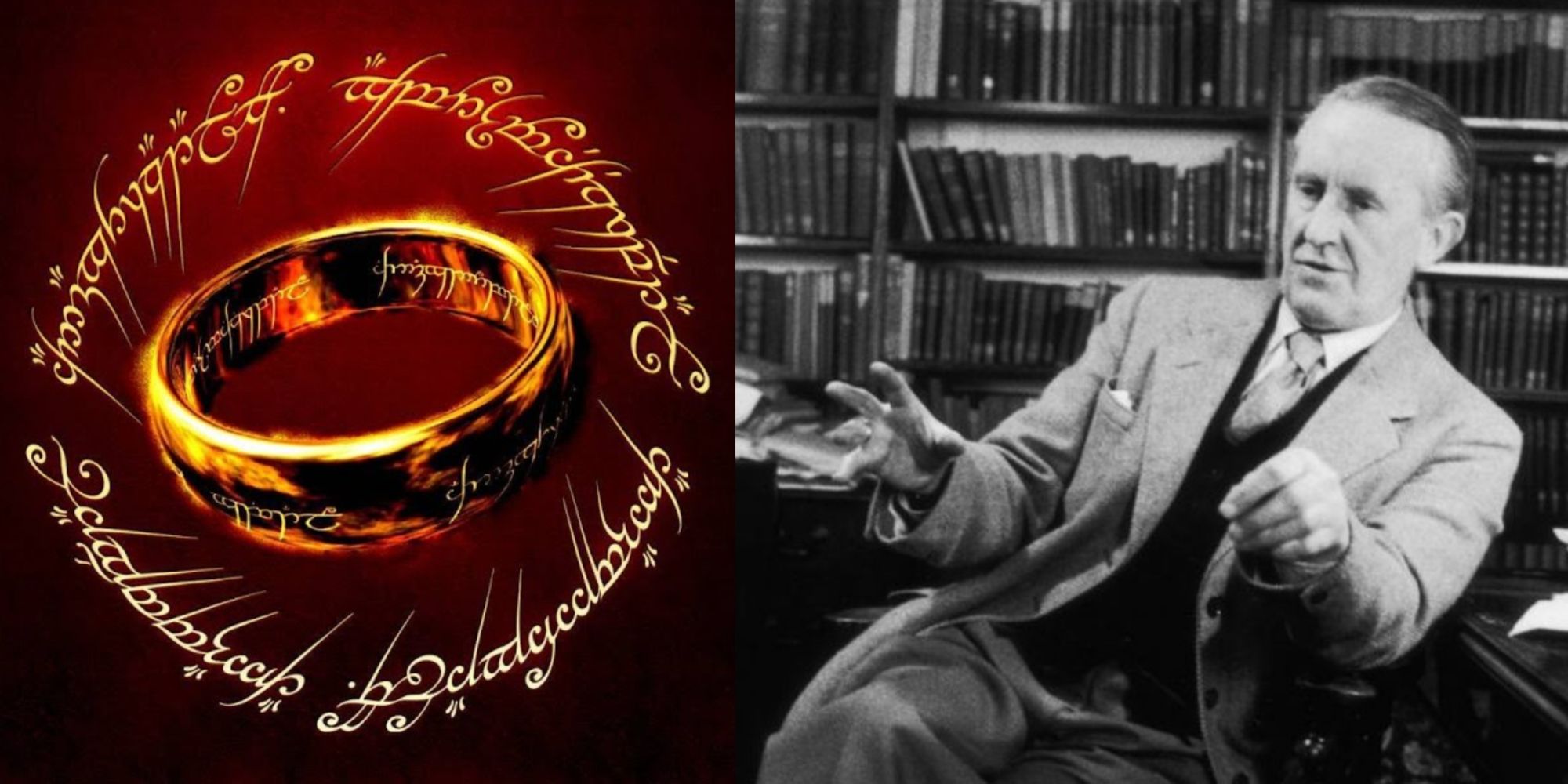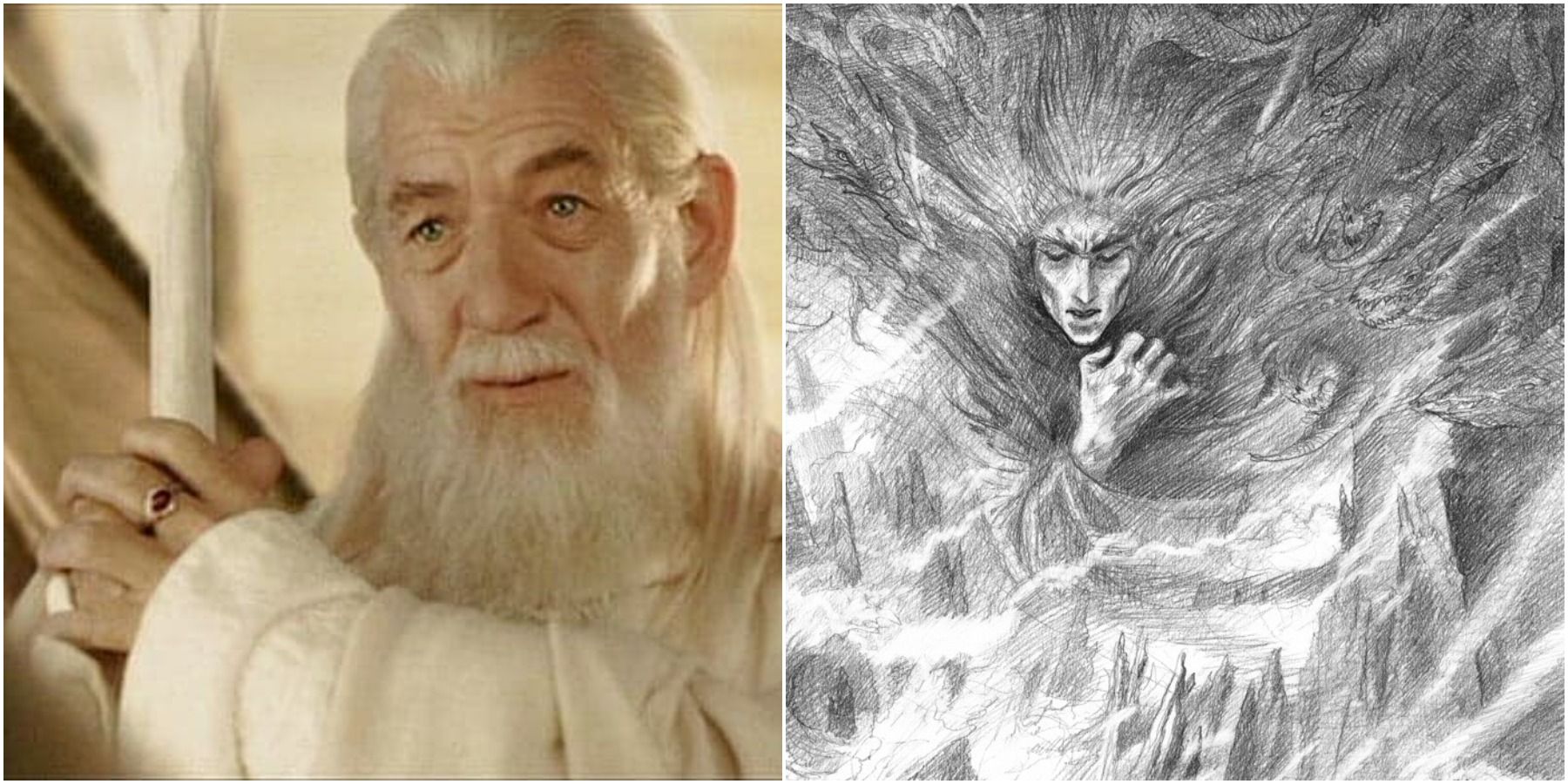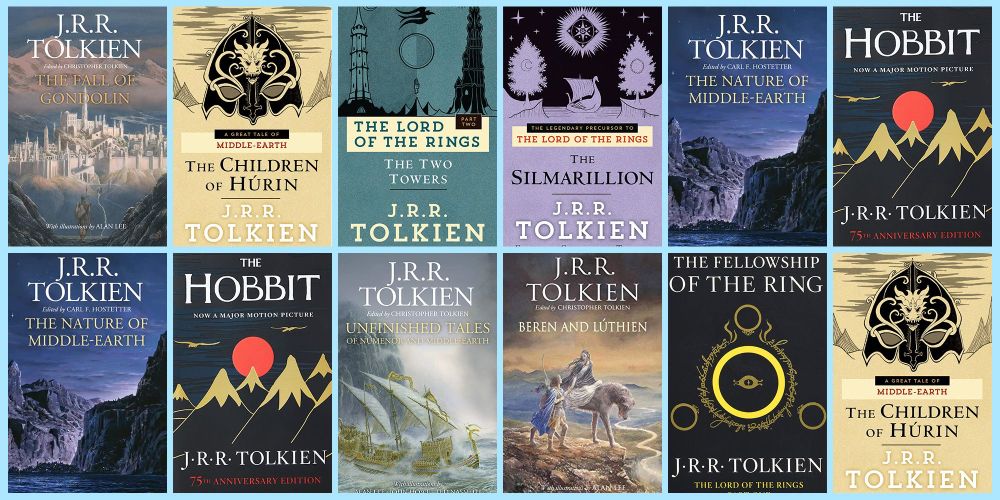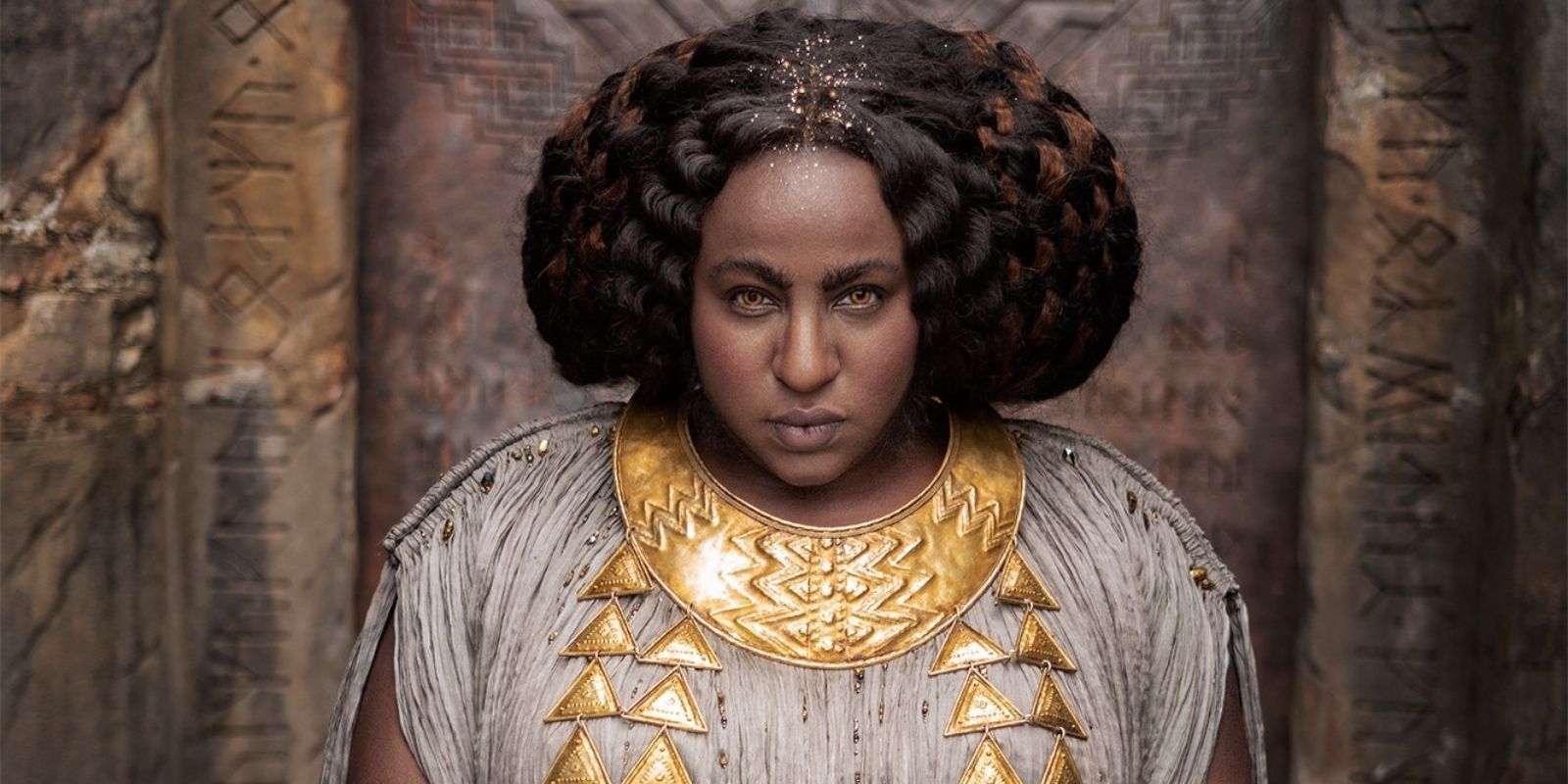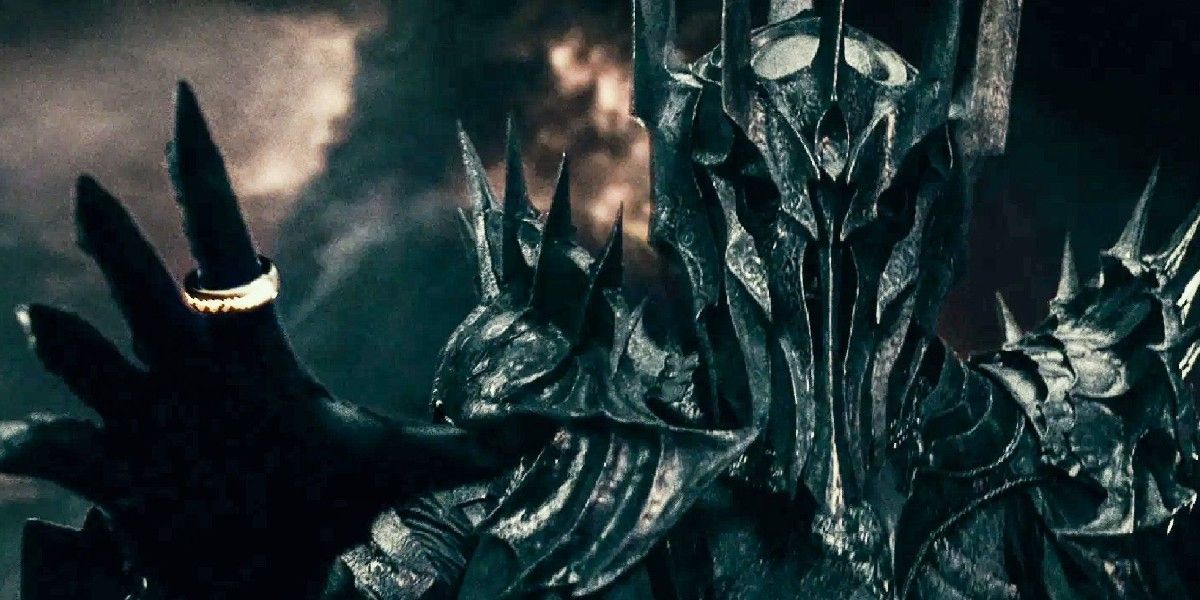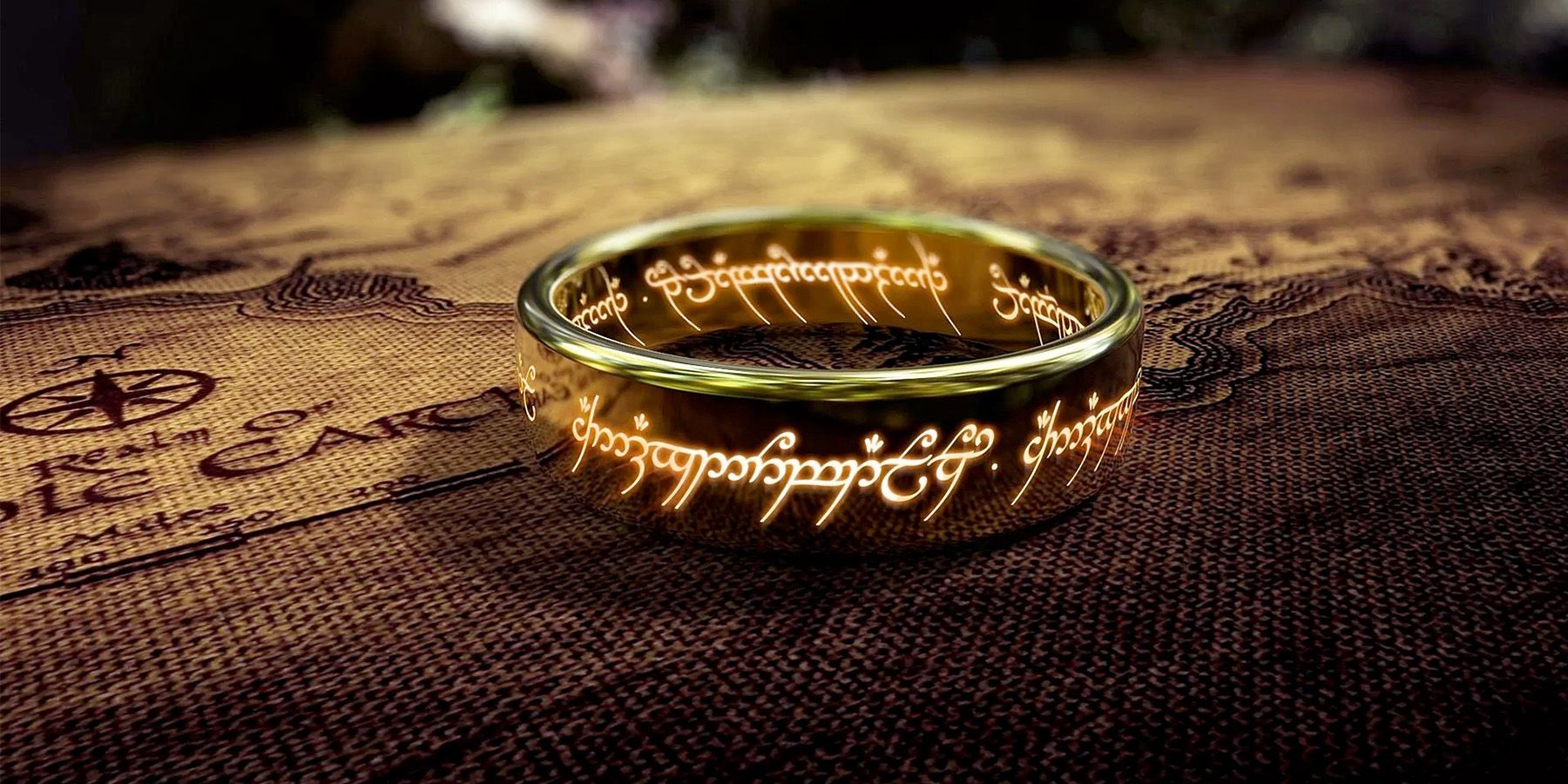There's an art to inventing languages for fictional settings. J.R.R. Tolkien might not have invented the concept, but he is the one that standardized the practice and gave it a name, glossopoeia. Tolkien's vast lore that described Middle-Earth consisted of several such invented languages. It's common knowledge that he based most of his work on Old English and ancient Germanic tongues, which was his academic field.
Tolkien wasn't only a writer. He was also an artist, calligrapher, and linguist, and his linguistic creations are among the many details that made the Lord of the Rings such an immersive story. There's even an annual meeting for anyone interested in Tolkien's languages, the lore of Middle-Earth, or linguistics in general: the Omentielva, or the International Conference on J.R.R. Tolkien's Invented Languages. But for those interested in learning more, these details are a good place to start.
6 Inspired By The Lore Of Finland
Tolkien was inspired by the heroic sagas of Iceland and the language of Finland. He also based the early mythology of Arda on the old legends and stories of the Norse gods. In The Letters of JRR Tolkien, he once compared his finding of a Finnish grammar book to the discovery of a vast wine cellar filled with unique new vintages.
The grammar and structure of Finnish formed the basis for many of the languages of Middle-Earth, in particular the language of the Elves. His specialty was the study of ancient Germanic languages, which he used when creating the tongues of Middle-Earth, Numenor, and Valinor. However, it was a dialect outside his realm of expertise that inspired Tolkein the most.
5 The Lhammas
The languages created by Tolkien were so important to the world building and backstory of the stories that he published the Llammas, a sociolinguistic piece about all the languages in Middle-Earth. It was included in The Lost Road and Other Writings, which was published in 1987, and is Volume 5 in the series The History of Middle-Earth.
"Lhammas" is a Noldorin word, which is one of the older Elvish languages of Arda, and it means "account of tongues." It theorizes, like any proper book on linguistics would do, that all the languages spoken in Middle-earth by the Third Age were descended in some way from the Valar. Tolkien seems to have changed his mind about this later on, however. He decided that Elves developed their own language, and that Sauron preferred to use languages of his own invention because of his hatred for all things the Elves or the Valar created.
4 The Oromëan Language Family Of The Elves
The name for this linguistic family is taken from the name of the Valar Oromë, who first taught the Elves how to speak. Tolkien assigned the languages of the Elves to the Oromëan language family. Some of the tongues of humans share a few of the same characteristics, but this depends on the time and place. In the last years of Numenor, for example, when Sauron held sway with the imperial rulers, Elvish culture — including their language — came to be frowned upon.
Tolkien invented many different languages, but he spent the most time on the Elvish dialects. Between 1910 and 1955, he created as many as 15 of them. Sindarin and Quenya are the best known of these being the vernacular of two major branches of the Elvish race.
3 The Aulëan Language Family Of The Dwarves
It makes sense that the language of the Dwarves would be named after the Valar that created them, Aulë. The tongues of humans also borrow from the Khuzdul tongue to some extent, but this language is unique from others in Middle-Earth in the sense that it's mostly a secret. Dwarves only speak it among themselves in the privacy of their mountain homes.
The dialects in this language family not only sound differently from those of the Oromëan group, but they also use a different script. The runes are distinctive and were inspired by ancient Semitic languages as opposed to Norse or Germanic, which Tolkien clarified in a BBC interview in 1971.
2 Melkian, The Language Of Evil Creatures
The language of Orcs, goblins, and the other twisted denizens of Mordor would have to be named for the Maia Melkor. The Melkian languages were intended to be anti-artistic speech, ugly and guttural, the opposite of everything that made the ancient Elvish tongues a thing of beauty. The Melkian dialect dates back to the First Age and is not the same as the Black Speech, a formal tongue derived from Quenya by Sauron.
Black Speech was an artificially constructed language that was intended to function as a vernacular among Sauron's various servants. This is why he used it to decorate the One Ring.
1 Tolkien Created Not Just The Words, But Also The Script
One of the most talented writers of the 20th century, Tolkien was also an accomplished visual artist. Popular media extolls Tolkien's obvious writing talent, but he was also an accomplished illustrator, painter, and calligrapher.
Tolkien had a special love for calligraphy, which was also helpful when crafting the alphabet and writing for the languages that he was creating. He didn't just use this talent for his fiction work, either. Tolkien invented scripts for personal use in his diary, letters, and other work. Even the boring old modern English language got the Tolkien treatment. Fans and aficionados can find this type of work in the 1996 book, J. R. R. Tolkien: Artist and Illustrator.

